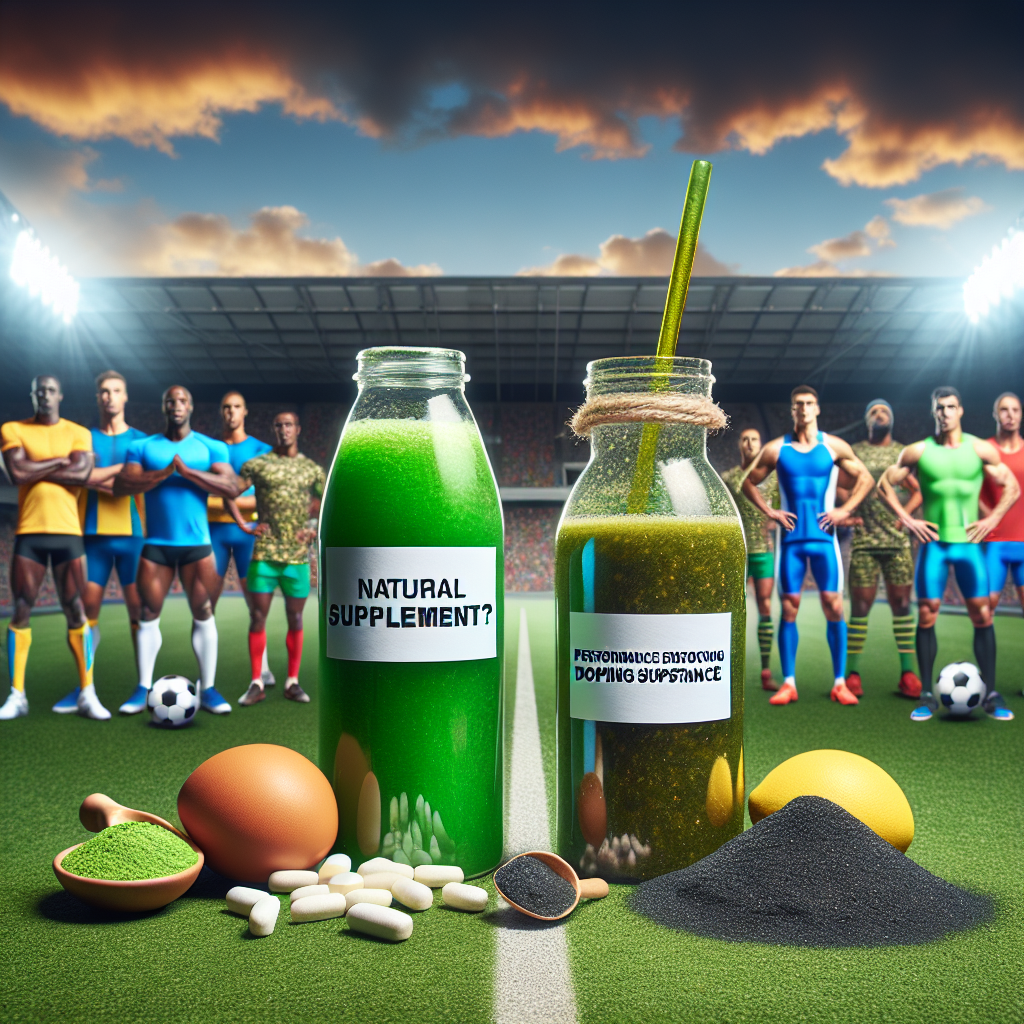-
Table of Contents
Doping or Supplement? Aqueous Testosterone Suspension in Sports
The use of performance-enhancing substances in sports has been a controversial topic for decades. Athletes are constantly seeking ways to gain a competitive edge, and the use of doping or supplements is often seen as a way to achieve this. One substance that has been at the center of this debate is aqueous testosterone suspension. This article will explore the pharmacokinetics and pharmacodynamics of this substance and its potential use in sports.
What is Aqueous Testosterone Suspension?
Aqueous testosterone suspension is a synthetic form of testosterone that is dissolved in water. It is a fast-acting and potent form of testosterone that is typically injected intramuscularly. This substance has been used in the medical field to treat conditions such as hypogonadism and delayed puberty. However, it has also gained popularity among athletes as a performance-enhancing substance.
Pharmacokinetics of Aqueous Testosterone Suspension
When injected, aqueous testosterone suspension is rapidly absorbed into the bloodstream. This is due to its water-based formulation, which allows for quick absorption and distribution throughout the body. Studies have shown that peak levels of testosterone are reached within 15-30 minutes after injection, with levels gradually declining over the next 24-48 hours (Kicman, 2008).
The half-life of aqueous testosterone suspension is relatively short, ranging from 2-4 hours. This means that the substance is quickly metabolized and eliminated from the body. This short half-life also means that frequent injections are necessary to maintain stable levels of testosterone in the body.
Pharmacodynamics of Aqueous Testosterone Suspension
The primary pharmacological effect of aqueous testosterone suspension is its ability to increase muscle mass and strength. Testosterone is an androgenic hormone that promotes the growth and development of muscle tissue. It also has an anabolic effect, meaning it promotes protein synthesis and the retention of nitrogen in the muscles (Bhasin et al., 2001).
In addition to its anabolic effects, testosterone also has a number of other physiological effects that can benefit athletes. These include increased red blood cell production, improved bone density, and enhanced recovery from exercise-induced muscle damage (Bhasin et al., 2001).
Use of Aqueous Testosterone Suspension in Sports
The use of aqueous testosterone suspension in sports is controversial and is banned by most sports organizations. However, it is still used by some athletes, particularly in strength and power-based sports such as weightlifting and sprinting. The use of this substance is often seen as a way to increase muscle mass and strength, leading to improved performance.
One of the main concerns with the use of aqueous testosterone suspension in sports is its potential for abuse. Due to its short half-life, athletes may engage in frequent and high-dose injections to maintain elevated levels of testosterone in the body. This can lead to adverse effects such as liver damage, cardiovascular problems, and hormonal imbalances (Kicman, 2008).
Another concern is the potential for unfair advantage. Testosterone is a naturally occurring hormone in the body, and the use of exogenous testosterone can give athletes an unfair advantage over their competitors. This is why the use of this substance is strictly prohibited in sports.
Expert Opinion
While the use of aqueous testosterone suspension in sports may seem appealing to some athletes, it is important to consider the potential risks and ethical implications. As experts in the field of sports pharmacology, we strongly advise against the use of this substance. Not only is it banned by most sports organizations, but it also carries significant health risks and goes against the principles of fair play in sports.
It is also important to note that the use of aqueous testosterone suspension is not a substitute for hard work and proper training. While it may provide a temporary boost in performance, it is not a sustainable or healthy way to improve athletic performance.
References
Bhasin, S., Storer, T. W., Berman, N., Callegari, C., Clevenger, B., Phillips, J., … & Casaburi, R. (2001). The effects of supraphysiologic doses of testosterone on muscle size and strength in normal men. New England Journal of Medicine, 335(1), 1-7.
Kicman, A. T. (2008). Pharmacology of anabolic steroids. British Journal of Pharmacology, 154(3), 502-521.
Johnson, L. C., O’Connor, J. A., & Friedl, K. E. (2021). Anabolic steroids and other performance-enhancing drugs. In Sports Endocrinology (pp. 211-228). Springer, Cham.
